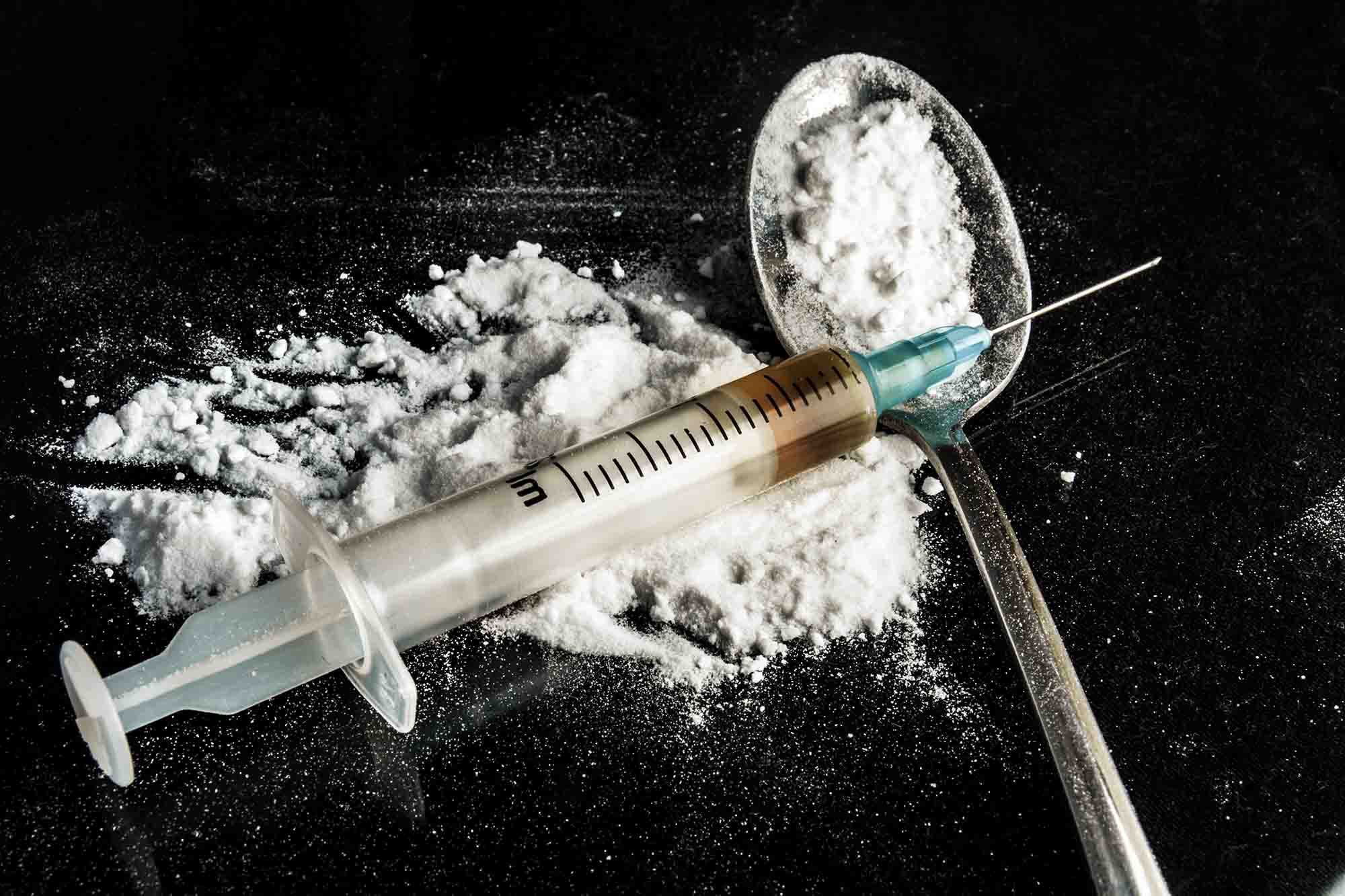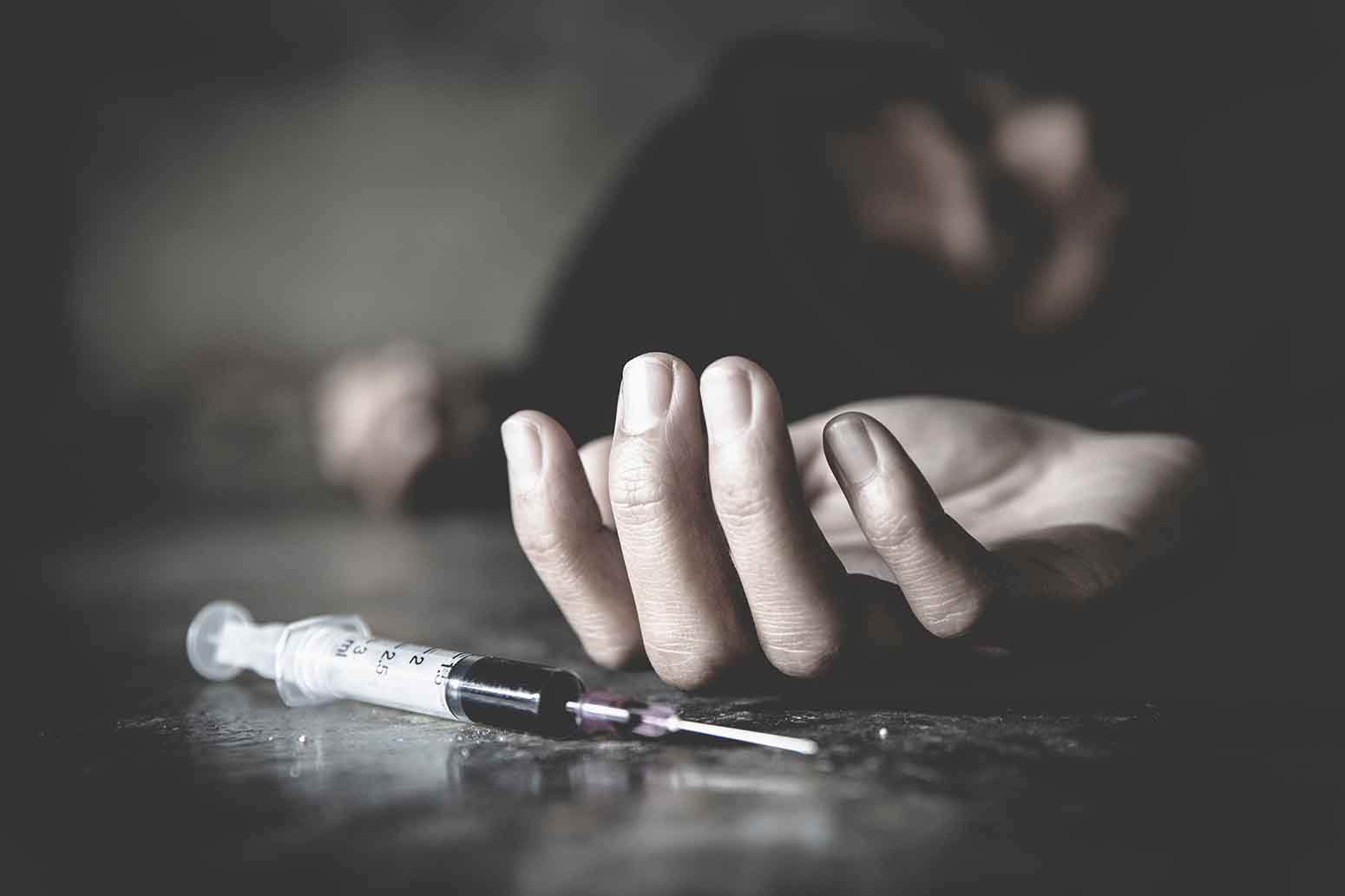What is heroin?
Heroin is an opioid drug made from morphine derived from the seed pod of opium poppy plants cultivated in Mexico, Colombia and Southeast and Southwest Asia. The chemical name for heroin is diacetylmorphine. It is the fastest-acting opiate in the world.
It was first produced in 1898 and was hailed a wonder drug initially for its morphine-like properties. It was used as a powerful treatment for pain relief and analgesic medicine.
In the 1910s, the ‘wonder drug’ abuse was growing rapidly, and heroin addiction was a serious problem. Heroin was declared a narcotic drug, and restrictions were placed on its production, distribution and use. By 1924, legislation imposed a total ban on heroin production for commercial supply. This has not stopped the drug underworld from producing the illicit street drug in clandestine jungle kitchens or laboratories.
Heroin is produced as a white or brownish powder. It is also sold as a sticky black substance called black tar heroin. Street names for heroin include smack, skag, skunk, brown sugar, hell dust or white horse. Heroin mixed with night-time cold and flu medicine is called Cheese, and A-bomb when mixed with marijuana. People mix heroin with crack cocaine, known as speedballing.







